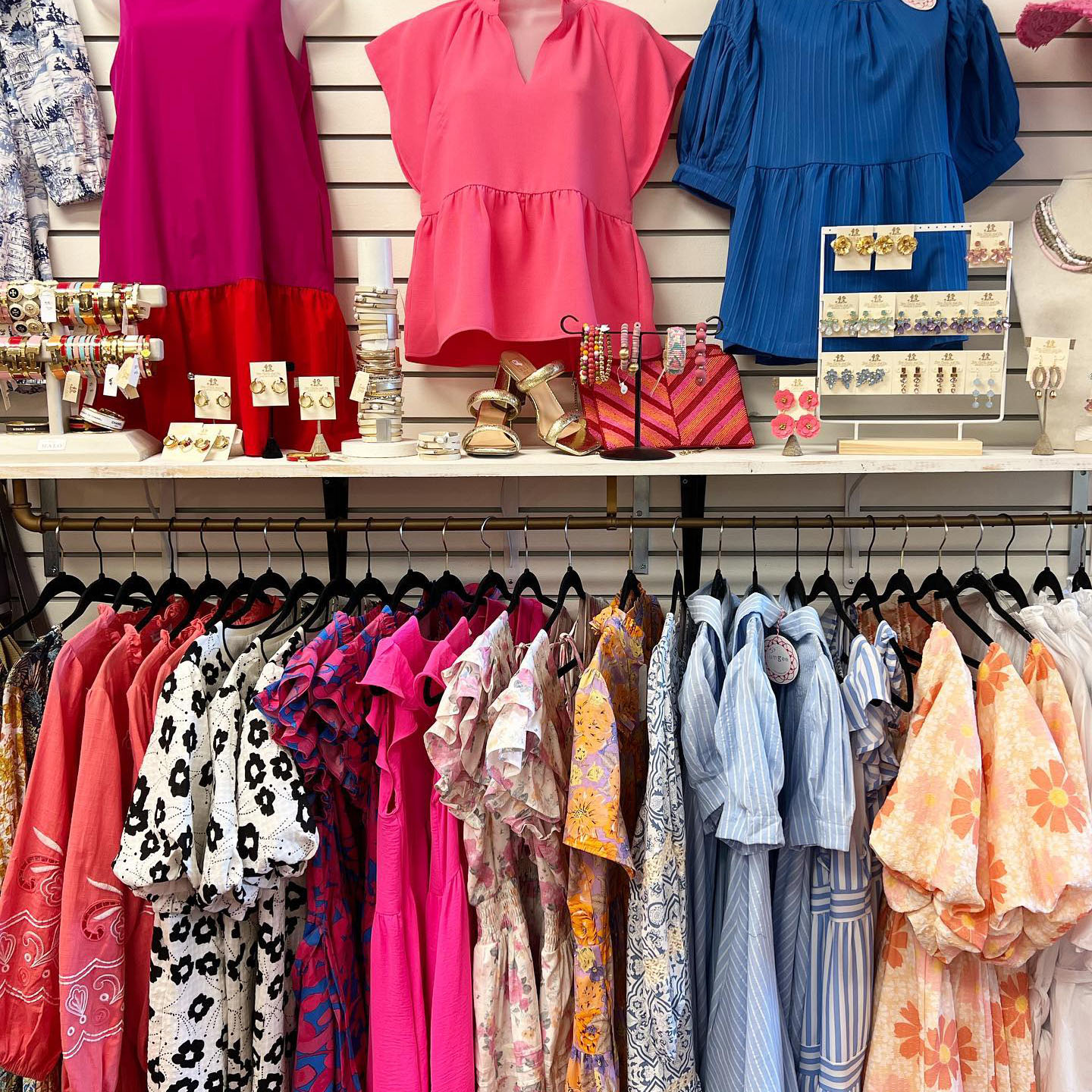Checking Out the Advancement and Impact of Garments on Modern Fashion Trends
The advancement of garments has significantly influenced modern-day fashion patterns, merging historic criteria with innovative developments. Legendary figures like Coco Chanel and Yves Saint Laurent changed the apparel industry by introducing concepts that focus on comfort and access, which continue to reverberate today. On the other hand, technical strides in areas such as 3D printing and smart textiles are redefining style opportunities and customer experiences. In addition, the expanding emphasis on inclusivity and sustainability is reshaping industry requirements. As we take into consideration these multifaceted influences, one need to wonder about how these aspects collectively redefine style's function in mirroring and forming modern society.
Historical Fashion Influencers
In the tapestry of style history, particular numbers have left an enduring mark, shaping the trends and designs that specify entire periods. Coco Chanel, a revolutionary designer, redefined females's fashion by introducing comfy, sophisticated clothes that departed from limiting corsets.
Elsa Schiaparelli is another critical figure, renowned for her avant-garde styles that incorporated surrealist art, working together with Salvador Dalí to develop whimsical items that tested conventional looks. Her innovative use of shade and bold patterns reverberates in modern fashion. Yves Saint Laurent, on the other hand, equalized haute couture with prêt-à-porter collections, bringing runway designs to the masses and setting a precedent for modern-day ready-to-wear lines.
These visionaries, amongst others, not just transformed style in their times but also set sustaining trends that resonate in today's style market, providing a foundation whereupon contemporary designers continue to construct and innovate. Their legacies underscore the value of creativity and bold in fashion's ever-evolving story.
Technical Advancements in vogue
Amidst the vibrant landscape of the garment industry, technological improvements stand at the leading edge of development, reshaping exactly how developers produce and customers involve with style. The combination of 3D printing has transformed design processes, making it possible for developers to trying out intricate frameworks and lasting materials that were previously inconceivable. This technology helps with fast prototyping, decreasing waste and speeding up production times.

Smart fabrics, embedding technology into textiles, are likewise changing the industry. Developments like self-cleaning and temperature-regulating fabrics offer boosted functionality and convenience. Wearable modern technology, incorporating features like physical fitness monitoring and interaction, adds a brand-new measurement to style, merging appearances with functionality.
Social Shifts and Style
As technical advancements continue to reshape the style sector, social shifts are similarly prominent, redefining design and consumer choices. Over the last few years, the rise of social networks platforms has sped up the dissemination of international style trends, allowing varied cultural impacts to coexist and merge. This electronic interconnectivity has actually helped with the fast exchange of concepts, causing an extra inclusive and eclectic analysis of style that shows click here now the complex nature of modern-day culture.
Cultural recognition and appreciation have prompted developers to draw inspiration from a more comprehensive spectrum of historical and ethnic contexts, integrating traditional motifs with contemporary visual appeals. This blend has led to fashion that resonates with a wider audience, promoting a feeling of identification and belonging throughout different demographics. Furthermore, the raising need for customization has driven brands to offer adjustable choices, enabling consumers to express originality while reflecting their social heritage.
Moreover, changing social worths have impacted fashion, with inclusivity and variety ending up being central motifs. The sector has actually started to accept models and influencers of various body types, ethnicities, and sex identities, tough conventional elegance criteria. This improvement highlights the power of cultural shifts fit the future of style, as design comes to be a much more genuine expression of cumulative and individual identification.
Sustainability and Modern Layout
While the style market proceeds to evolve, the necessary for sustainability has actually become increasingly immediate, affecting modern layout methods. The rise of slow-moving fashion, which stresses quality over quantity, urges consumers to spend in timeless items instead than transient trends.
Additionally, modern-day design is characterized by its technology in lessening waste and promoting circularity. This a fantastic read strategy not just mitigates ecological effect but likewise enhances the social obligation of style homes.

Future Trends in Fashion

Sustainability will remain to be a driving pressure in forming future fashion trends. The sector is significantly adopting environment-friendly materials and ethical manufacturing approaches, reacting to a growing customer need for responsible methods. Developments such as bio-fabricated products and closed-loop recycling systems are readied to redefine how garments is produced and eaten, lowering environmental influence while maintaining design and top quality.
Social changes, including the surge of inclusivity and diversity, will likewise play a crucial function. As society ends up being much more aware of social issues, style is anticipated to become a platform for expression and modification. Designers will likely concentrate on producing collections that mirror a more comprehensive range of experiences and identities, championing depiction and availability.
Conclusion
The advancement of clothes significantly influences contemporary style patterns, where historical impacts combine with modern designs. Secret figures like Coco Chanel and Yves Saint Laurent have actually redefined design, while technical innovations such as 3D printing and wise textiles broaden imaginative opportunities. Cultural shifts towards inclusivity and sustainability urge brand names to embrace moral methods and welcome variety. This continuous development underscores fashion's duty as a mirror to social values and technical improvement, suggesting a go now future abundant with innovation and inclusivity.
The development of garments has considerably affected contemporary style patterns, combining historic criteria with innovative developments.In the middle of the vibrant landscape of the fashion industry, technical innovations stand at the forefront of development, reshaping exactly how designers produce and customers engage with fashion.While the style industry continues to advance, the critical for sustainability has actually ended up being significantly urgent, affecting contemporary layout techniques. As sustainability becomes ingrained in contemporary style, it paves the method for a more responsible and mindful fashion industry.
The development of clothes considerably impacts modern-day style trends, where historic influences merge with contemporary layouts.